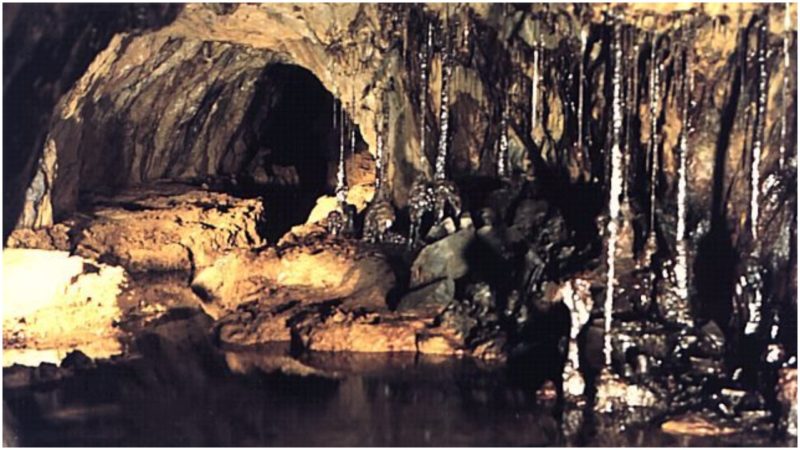The Sygun Copper Mine can be found close to the Beddgelert village, deep under the Snowdonia National Park in Wales. But this mine isn’t the only one around this parts.
The area around Snowdonia and its rocky outcrops has fascinated miners and mineral seekers for ages. The river found in these parts is powerful enough to drive all of the necessary machinery that the miners needed, by utilizing water wheels.
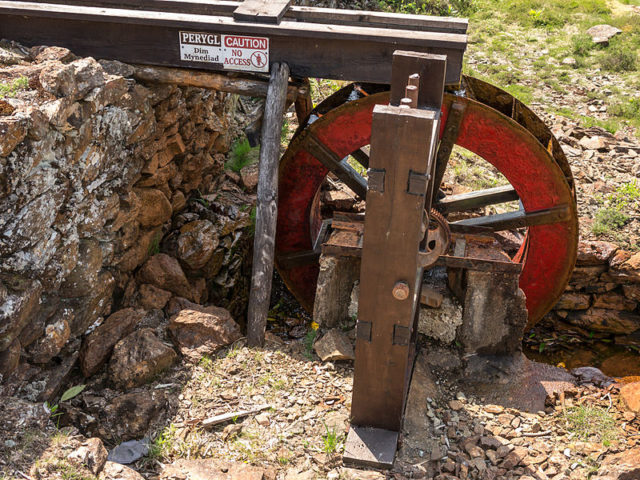
A short walk across this valley will reveal a number of old mine tunnel entrances, remnants of machinery, and abandoned huts. Some of the structures can even be dated back to the Roman Empire, but most is from the 16th century. Among all of these forgotten structures lies Sygun Mine at the heart of the Gwynant Valley.
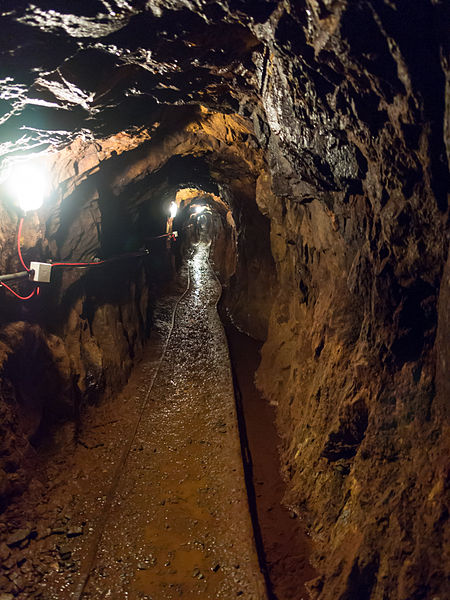
Sygun mine is believed to be among the oldest in this valley. It is located close to the valley entrance, and the remains of an old forgotten Roman fortification stands nearby.
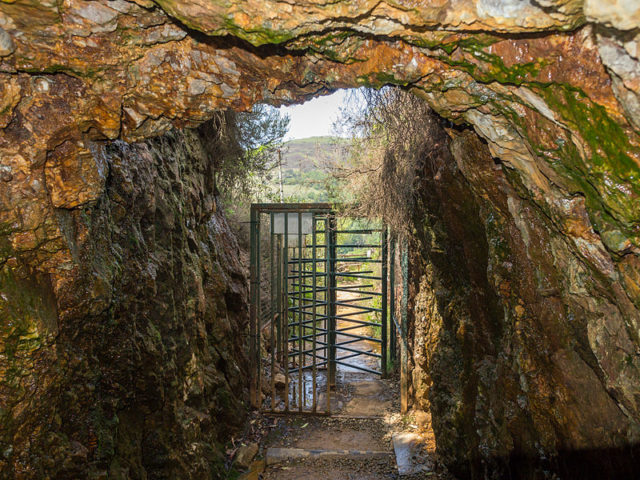
The written evidence about the actual origins are scarce and hardly go beyond 1825. But no matter where its beginnings are, the mine was made to exploit the numerous copper veins which ran roughly vertically through the rock.
It is known with certainty that during the 18th century, around seventy villagers from Beddgelert worked at this mine day in and day out. The documentation from this period suggests that the mine was very successful.
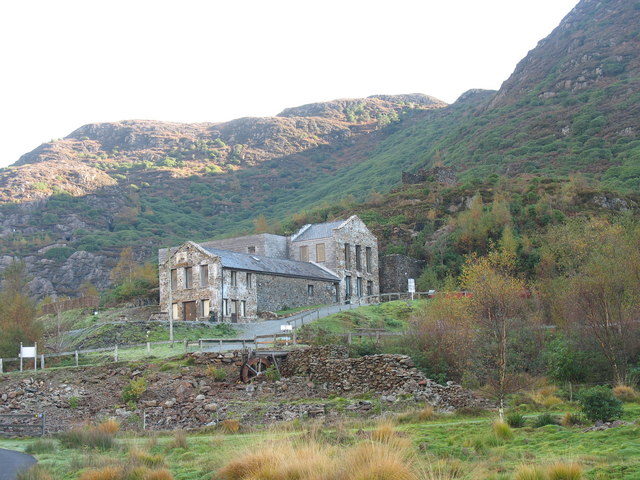
For the purposes of increasing production, a crushing mill was erected. Over the years, the mine was sold and resold several times. It was during the period in which Henry McKeller stood as its owner that the mine had its best years. During this period, the mine produced a total of 3,000 tonnes of ore.
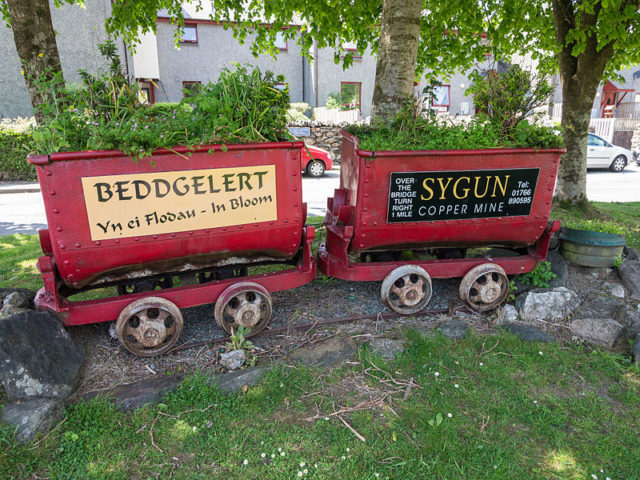
After Henry decided to sell the mine, production fell and it was closed for good in 1903. Once closed, all of the equipment and machinery were removed for use in another mine.
The mining process that was used at Sygun consisted of drilling holes by hand that were filled with gunpowder to blast into the rock and release the ore.
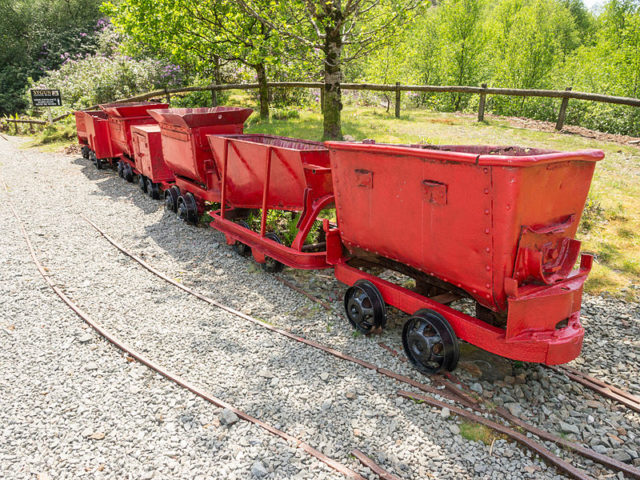
Once the ruble was cleaned and any excess of rock removed, metal pillars were erected to support the roof. Part of the rocks were left undisturbed thus creating natural pillars that served the same purpose.
Then, wooden platforms were installed on which the miners stood as they loaded up the ore into buckets known as kibbles. Then these kibbles were placed inside metal wagons and then taken out of the mine on a tramway.
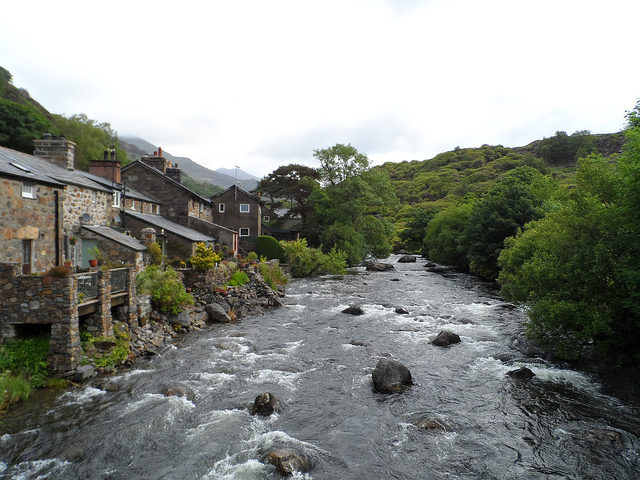
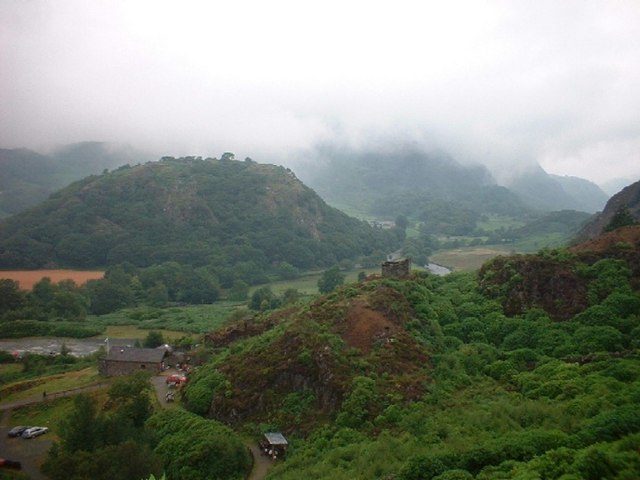
Once the ore was out, it was taken to the mill. The processed ore was then transported using horses to Beddgelert and Portmaddog. From there it was carried by ship to Swansea for its final refining process. In the later years of the mine, a railway was constructed to improve the efficiency of transporting the ore to the docks. With time the process of separating the ore from the waste rock was also improved by employing new techniques.
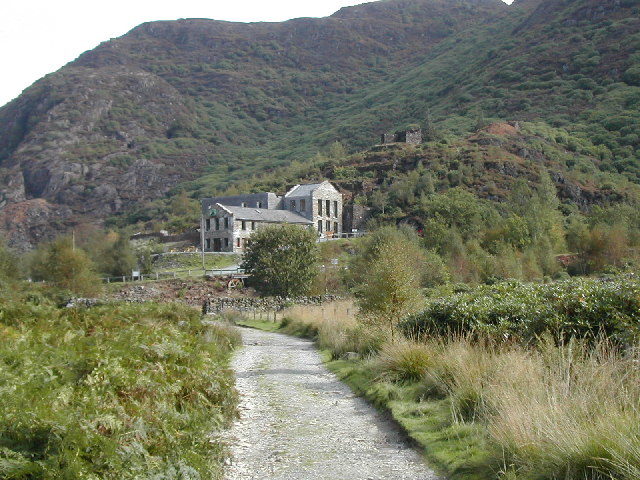
This allowed for a greater percentage of ore to be extracted, thus enhancing the production of the mine.
Today the mine is a favorite tourist destination. It offers visitors a glimpse into the past and the hard mining life deep inside the Earth’s belly.
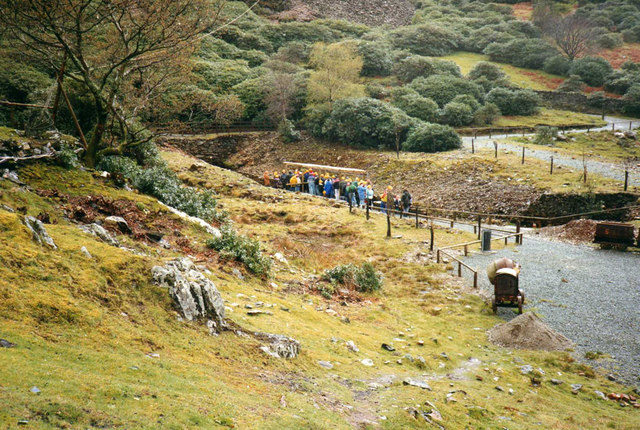
The seeping water and the earth minerals have created beautiful stalactites and all sorts of other natural underground wonders that compel the visitors to come back over and over again.
